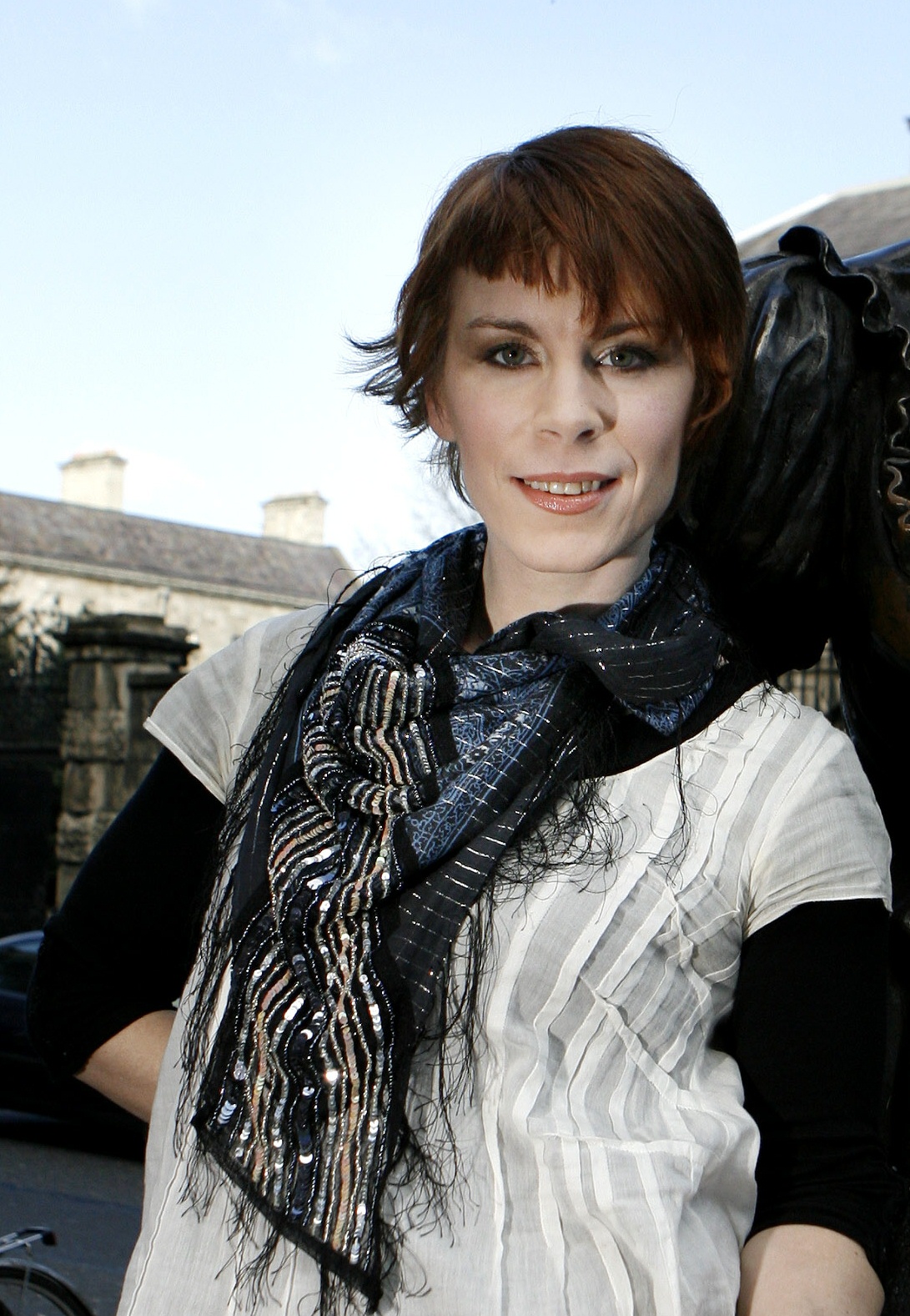Books |
Tana French: In the Woods
By
Published: Jun 04, 2013
Category:
Mystery
Guest Butler Nora Levine introduced herself by asking if I knew the mystery novels of Jacqueline Winspear. I did not, so she produced an astonishingly good piece about Winspear and her Maisie Dobbs novels. Then she asked if I knew Tana French. Another blank. So she’s schooled us about a writer whose crime novels are well above the level of the genre. (French’s debut won the Edgar for Best First Crime Novel.) Once again, deep gratitude to Ms. Levine, who writes: “I was a law librarian until it wasn’t so much fun. Now I edit my husband’s briefs (the legal type) in Oakland, California.”
Mysteries, crime fiction, detective stories, police procedurals, thrillers, whodunits, cozies — a broad genre that allows for endless variations on a process. A crime has occurred. There is a victim. There is an investigation. There are theories and red herrings. There are solutions. The law is (more or less) followed. And generally, the focus of the process falls into one of two categories: procedural and psychological.
Agatha Christie, as an obvious procedural example, answers the who, what, where and how of the crime. Other writers, including Jacqueline Winspear, address the psychological as well, found in the why. Who are how are fun to unravel, but consider how compelling “why?” can be.
The gifted Tana French focuses on the why, with benefits. She is a skilled storyteller, clearly evident in her first novel, “In the Woods,” and even more in the following three. Each is set in Ireland, which provides a nice change of scenery to the usual urban grit or English village. The stage is well drawn, and the dialogue is quick and sharp. The process starts, and Ms. French has the why of it in her grasp. And not just the just the why of the crime — the why of those investigating the crime.
“In the Woods" opens with a prologue recounting the kind of lazy summer days that now only exist in novels. Three young friends in Knocknaree fill those days with fizzy drinks and biscuits and a run across lawns into nearby woods to hide and seek and rule their own worlds. A cliché? Perhaps. Until a day when the three enter the woods and long hours later only one is found.
Twenty years later Detective Rob Ryan introduces himself to us. He’s from Knocknaree, by the way. He’s direct. A bit glib. In control, it seems. He has a past. He will let us know the facts of that past only when and as he wants. And his first fact is this, “What I am telling you, before you begin my story, is this — two things: I crave truth. And I lie.”
On the Murder Squad, Detective Ryan and his new partner, Cassie Maddox, are called to a possible crime scene. The remains of a young girl have been found by archeologists in Knocknaree, in a field where two decades ago there were some woods. By the time Detective Ryan finishes investigating the site that day he knows this: “There was a time when I believed, with the police and the media and my stunned parents, that I was the redeemed one…. Not any more. In ways too dark and crucial to be called metaphorical, I never left that wood.”
Isn’t “why” exactly the question you’d like answered right about now? Ms. French, as any good writer of the craft should do, creates vivid crimes and investigates them fully. But she’s more intrigued by the investigator than the investigated, and also with examining the same investigator in a different light. Her focus is again to our benefit. [To buy the paperback of "In the Woods" from Amazon, click here. For the Kindle edition, click here.]
In her second novel, “The Likeness,” Detective Cassie Maddox is reluctantly called back to Undercover by her boss, Frank Mackey. A college student has been murdered. Cassie, it appears, uncannily resembles that student. And that student was oddly enough, carrying ID matching the persona Cassie has adopted in a previous undercover job. Cassie is ordered by Frank to probe into the victim’s extremely close and closed mouthed roommates in a most personal and compelling way. By the end, the call on whose life is changed more by the investigation is anyone’s guess. [To buy the paperback from Amazon, click here. For the Kindle edition, click here.]
In French’s third novel, “Faithful Place,” Frank Mackey is drawn back into his hardscrabble neighborhood. We’re no longer in a (seemingly) idyllic Irish countryside. We’re now in an ironically named Dublin cul-de-sac where an old suitcase of Frank’s long missing runaway sweetheart has been found. [To buy the paperback from Amazon, click here. For the Kindle edition, click here.]
This time around, Frank isn’t calling the shots as he did with Cassie. He has a boss who is not happy to see him on this case. And he’s now facing himself, his family and a past best left undisturbed. As a psychological inquiry, Ms. French moves only so far from the genre’s process.
What sets her novels apart, as with Ms. Winspear’s “Maisie Dobbs,” is the care she takes with her characters and their journeys. When Frank Mackay finds himself arguing with his mother in that horrible house, on that dead end, allowing her to get to him in a way he had promised would never happen again, you know you are in a world inhabited with much more than the genre promises.
Happily, there is a fourth novel, “Broken Harbor.” And yes, a character from “Faithful Place” will be presented in a whole new light. [To buy the paperback from Amazon, click here. For the Kindle edition, click here.]
Meet Tana French


